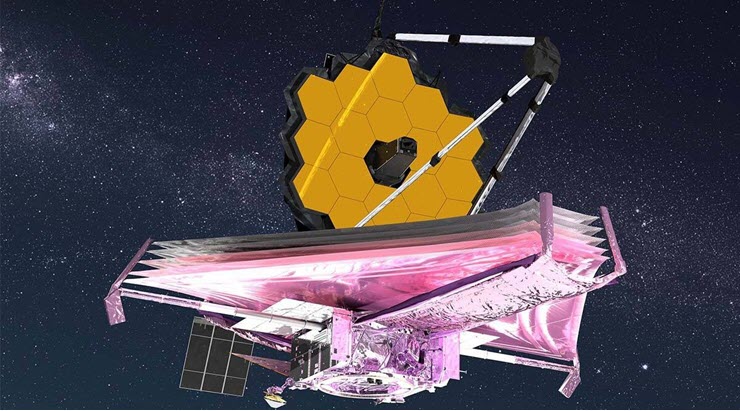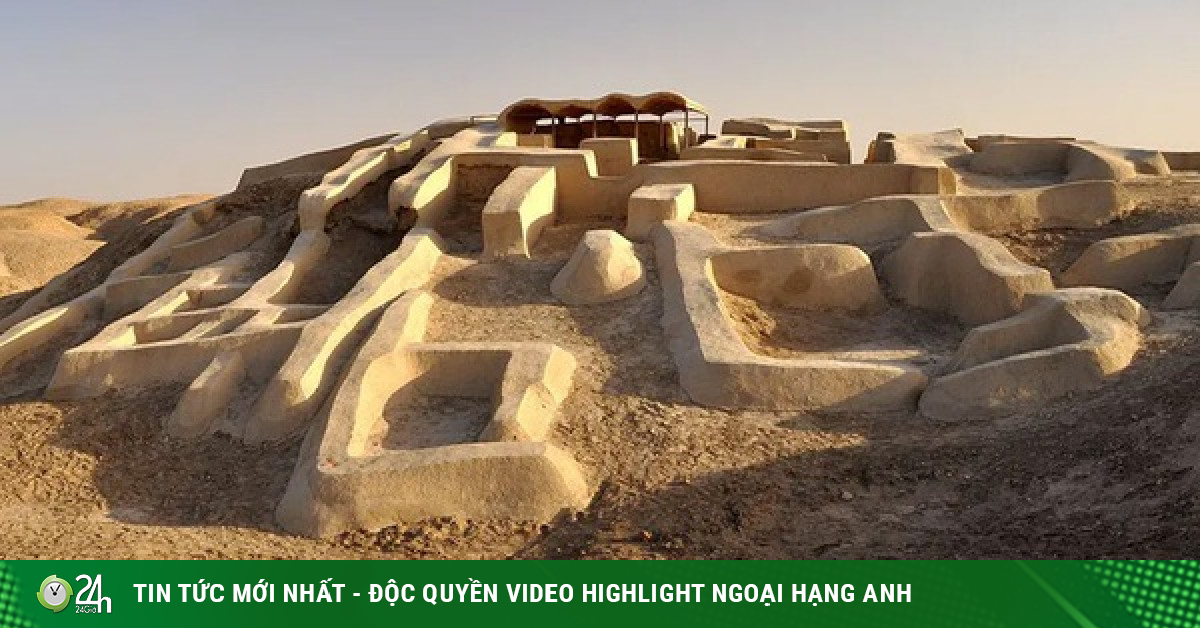NASA’s space telescope “under attack” in space-Information Technology
The James Webb telescope has hit an asteroid, but NASA says it’s still eligible to operate.
NASA’s new space observatory, the James Webb Space Telescope, was hit by a larger-than-expected asteroid at the end of May and caused some damage. This means that the mission team will have to repair the damage caused by this “attack,” but NASA says the telescope “remains performing at a level that exceeds all mission requirements.”
NASA’s James Webb Space Telescope, aka JWST, is the agency’s extremely powerful next-generation space telescope, designed to observe the farthest regions of the Universe and look back in time. Stars and galaxies formed shortly after the Big Bang. NASA spent nearly 10 billion USD to build and more than 2 decades to complete. On Christmas Day 2021, the telescope is finally launched into space, where it undergoes an extremely complex process of scaling before reaching its final destination about 1 million miles from Earth.
JWST collided with an unexpectedly large asteroid.
Since its launch, JWST has been hit by at least four different asteroids, according to a NASA blog post, but all of them are small and about the exact size NASA intended. . A microasteroid is usually a small fragment of an asteroid, usually smaller than a grain of sand. However, the JWST impact in May was larger than the agency had predicted, although NASA did not specify the exact size of the asteroid. NASA acknowledged that the collision, which occurred May 23-25, had a “detectable effect in the data,” and that engineers are continuing to analyze the impact of the collision.
NASA had expected JWST to be impacted by microscopic space particles during its lifetime; Fast-moving space rock particles are just an inevitability of the space environment. In fact, NASA has designed gold-coated mirrors to withstand the bumps of time. The space agency has also performed a combination of simulations and ground testing with mirror samples to determine how best to reinforce to withstand micro-asteroid impacts. However, NASA says that the models it has used in simulations do not have asteroids as large as the May collision and that it is “beyond what the team may have tested on the ground.”
This is not too surprising. “We always knew Webb would have to contend with the space environment, including harsh ultraviolet light and charged particles from the Sun, cosmic rays from exotic sources in the galaxy, and attacks irregularity of microparticles in the solar system,” Paul Geithner, deputy director of project engineering at NASA’s Goddard Space Flight Center, said in a statement.
Engineers also have the ability to maneuver JWST’s mirrors and instruments away from the rain of space debris, if NASA can see them coming. But the problem is that the asteroid is not part of a debris shower, so NASA considers it an “inevitable event of chance.” The agency is forming a team of engineers to find ways to potentially avoid or reduce the effects of similar collisions. And because JWST is so sensitive, the telescope will also help NASA better understand how many micrometeoroids are present in the deep space environment.
Despite the impact, NASA is still optimistic about the future of JWST. Engineers can also adjust the impacted mirror to help eliminate data distortion. The task force has already done this and will continue to study the mirror over time for the best results. It’s a process that will unfold over the course of the JWST’s planned 5 to 10 years, as new observations are made and events unfold. At the same time, NASA warned that engineers would not be able to completely eliminate the impact of the attack.
According to Bach Ngan (Vietnamese people)
at Blogtuan.info – Source: 24h.com.vn – Read the original article here




